Refrigerating or freezing a casserole is a great way to meal prep a delicious dish. However, if you're now staring at a frozen casserole wondering how to reheat a casserole or how on earth to thaw it, keep reading.
The good news is there are a few different methods and they're all super easy!
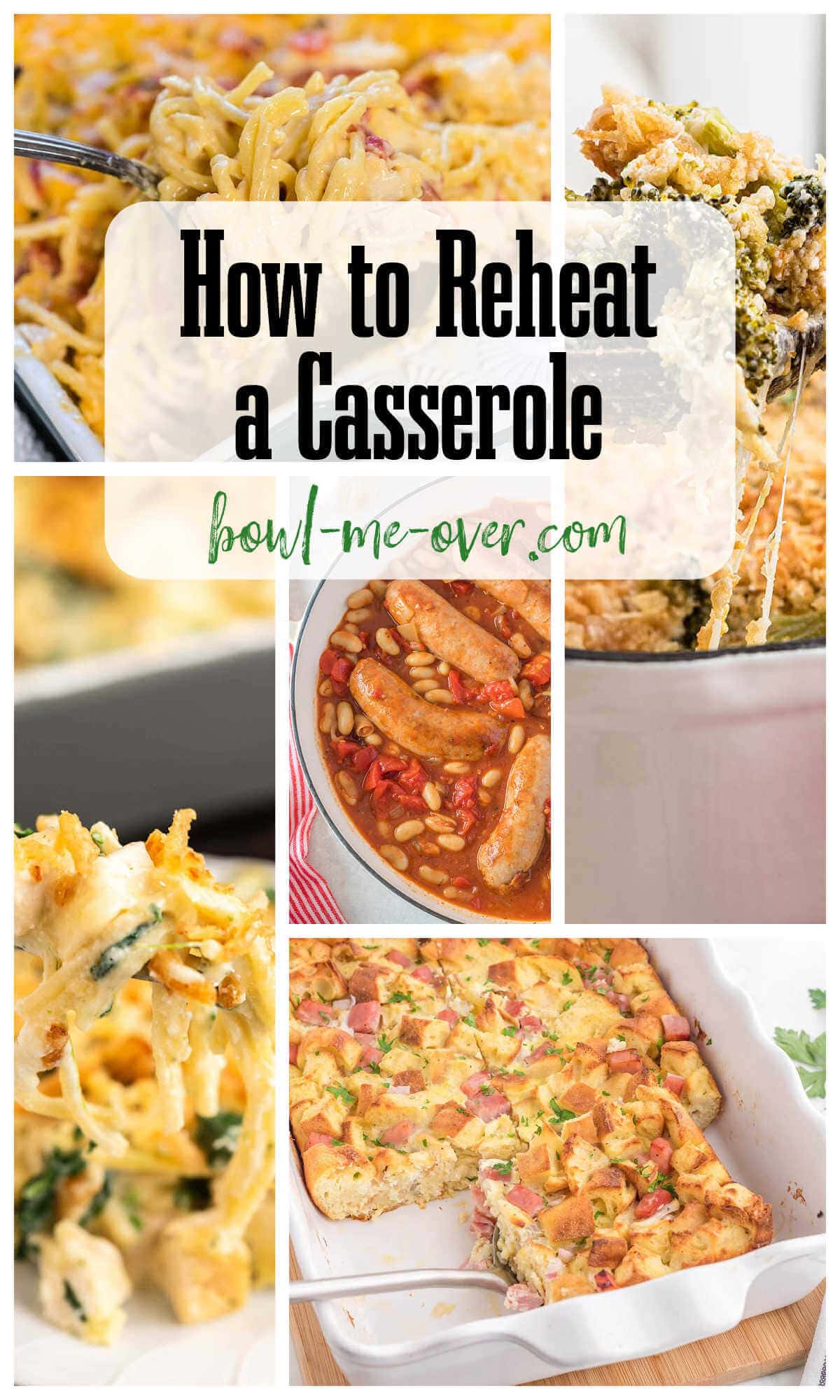
Jump to:
Best way to reheat a casserole
The best way to reheat a casserole depends on a few factors.
✔️ Are you warming up a leftover casserole or cooking it for the first time?
✔️ Do you plan to reheat small portions or the entire casserole?
✔️ Is it frozen or thawed?
✔️ Are you reheating smaller pieces or a large portion, what's the best method?
Depending on your answers, the reheating process will vary.
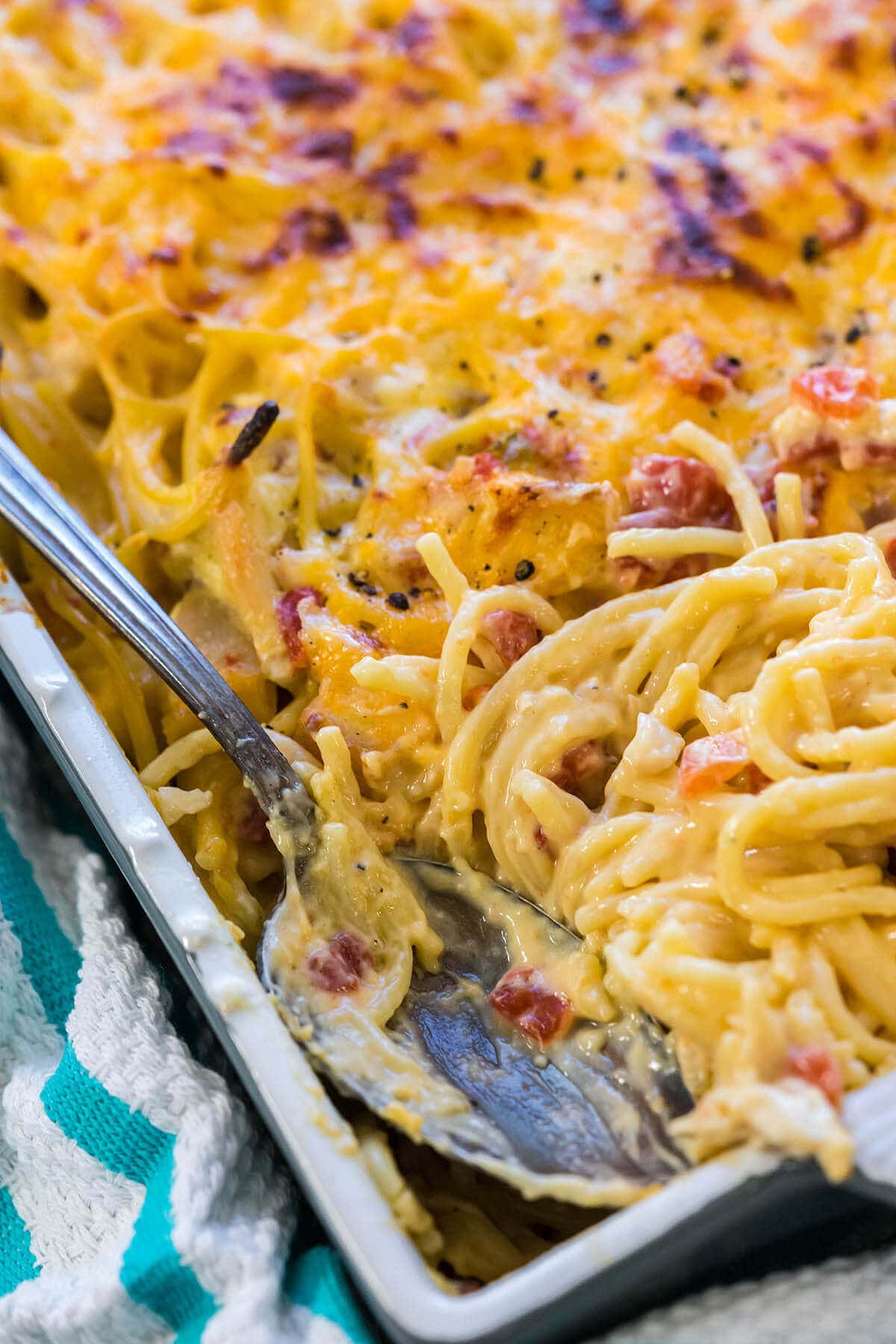
FAQ's
Reheat casserole leftovers in the oven, preheated to 350 degrees F. It's a perfect balance—not too much heat to burn, but not so little that it'll dry out before warming through.
A cooked and refrigerated casserole only takes about 20-30 minutes until it's hot throughout. The exact amount of time varies based on the density of the casserole and specific ingredients.
If you've assembled your casserole ahead of time, but didn't bake it yet, follow the original recipe for cook time and double-check you're using the right temperature. However, you may need to add 10-15 minutes of cook time to a cold, refrigerated casserole. Just make sure to monitor the internal temperature of any meat for the best results.
Add a small amount of water or broth to the whole casserole before covering and reheating it. Make sure to drizzle the liquid evenly around the edges of the casserole and over the center, too.
Yes! To prevent an overcooked, dry casserole, cover the baking dish tightly with aluminum foil. This eliminates any moisture loss when using the oven method—keeping everything nice and juicy.
However, the only exception to this rule is when you want your casserole topping to crisp up. For example, if you add crunchy fried onions to a green bean casserole, you can keep the foil off.
Nope, that's a common mistake! Always let your casserole come to room temperature, first. Putting ice-cold glass into a hot oven can cause the dish to shatter.
Always! Preheating the oven allows it to reach a temperature that is safe for cooking food. In fact, one of the most common mistakes home chefs make is not letting the oven preheat long enough.
When reheating single portions, you'll get the best results by using the microwave. However, remember to transfer the casserole leftovers to a microwave-safe dish before heating in 30-second intervals.
The general rule of thumb is yes. While you can bake from frozen, you generally get better results from letting the casserole thaw in the fridge for a day or so. Plus, it'll take less time in the oven, which means you'll get to eat sooner when dinner rolls around!
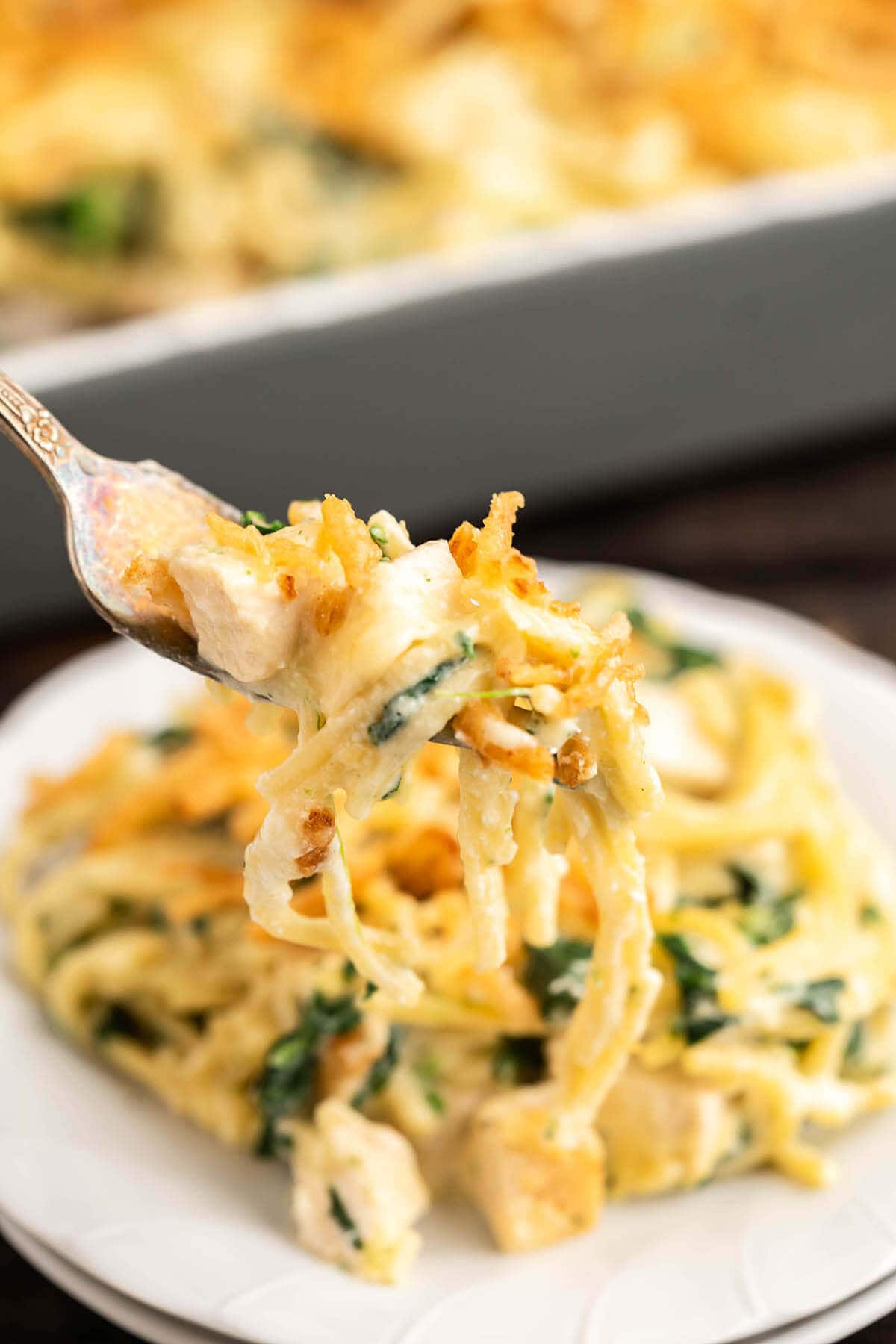
Popular easy casserole recipes
Now that you've learned the different ways and best practices for reheating a casserole, it's time to try it out. Put the easy tips into motion with these delicious recipes!
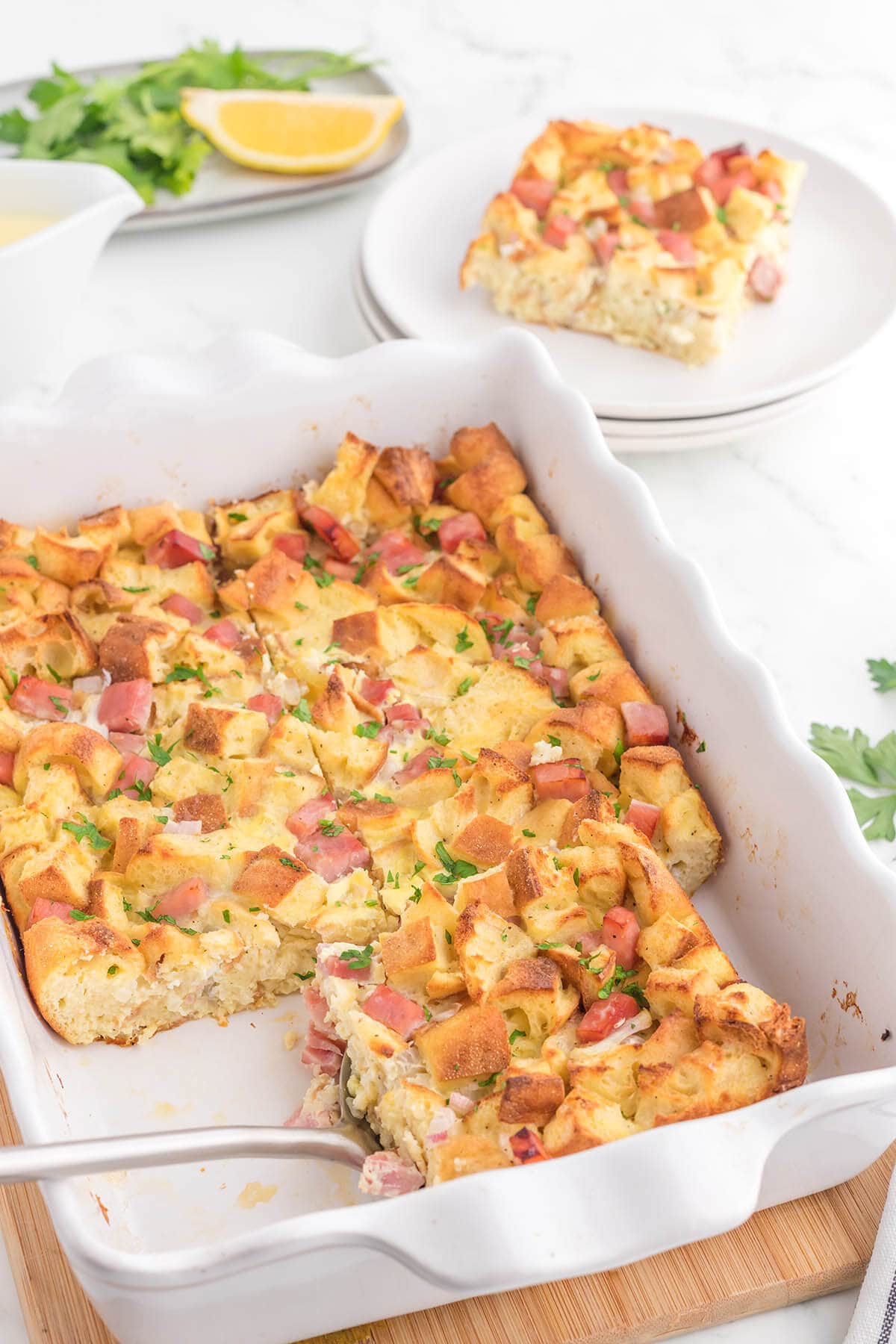
Breakfast Casseroles
- Overnight Eggs Benedict Casserole - this delicious egg casserole is perfect topped with blender hollandaise sauce.
- French Toast Casserole - this type of casserole is perfect for holiday morning because it's made the night before. Don't forget an extra drizzle of maple syrup!
- Sausage Biscuit Breakfast Casserole - we just love this classic casserole.
- Easy Frittata Recipe - made in a large skillet this is perfect for breakfast, brunch or dinner.
- Sausage Croissant Breakfast Casserole - easy to make and so full of flavor!
- Pumpkin Baked Oatmeal Casserole - oatmeal never tasted so good!
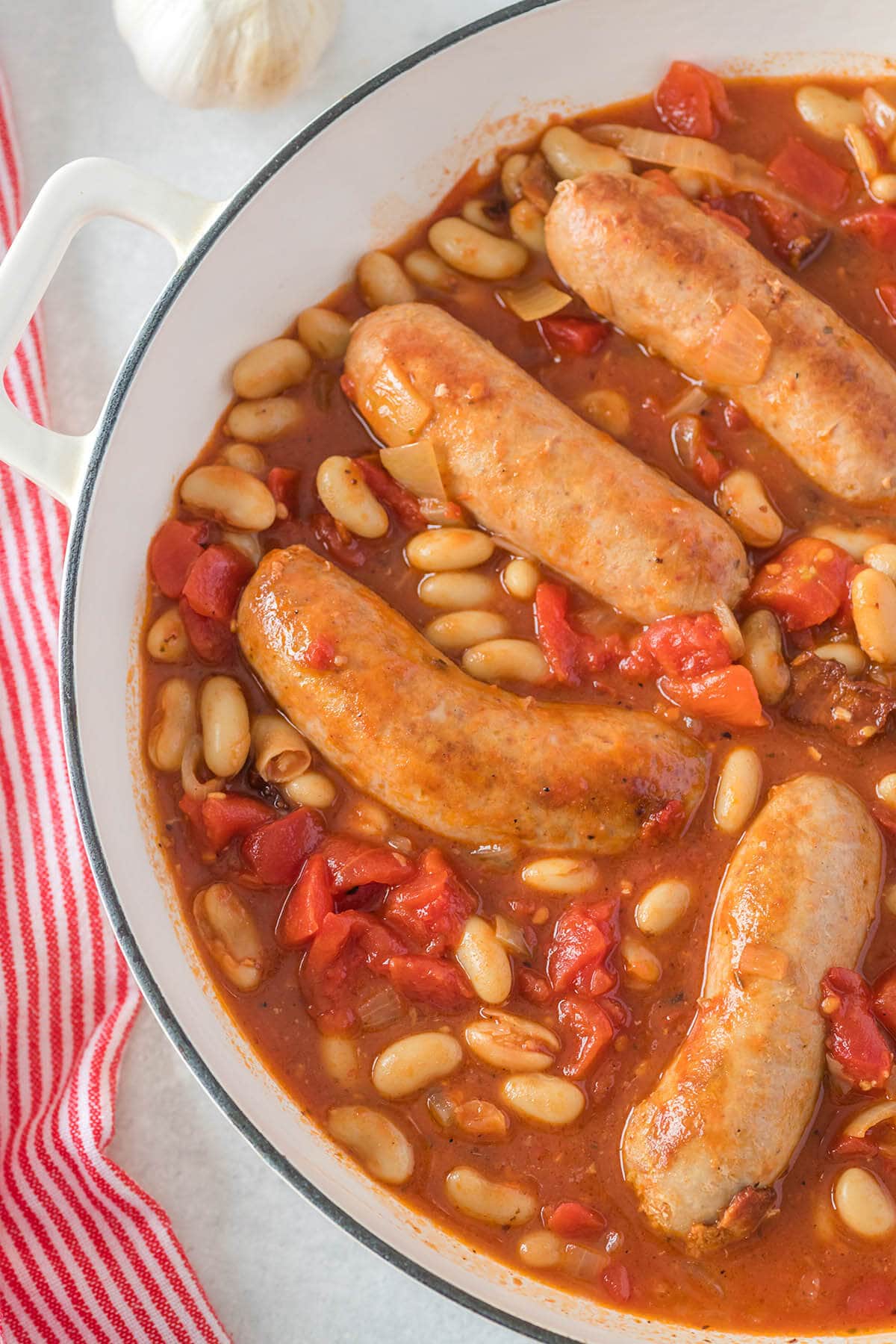
Meat Casseroles
- Creamy Chicken and Potato Bake - this easy casserole only takes 10 minutes of prep!
- Ultimate Chicken Noodle Casserole - if you love egg noodles, this is the casserole for you.
- Mexican Tater Tot Casserole - we love the combination of spicy taco meat and crispy tot!
- Green Chile Chicken Enchilada Casserole - just like your favorite green chile enchilada but with half the work!
- "Hairy Biker" Sausage Casserole - a hearty sausage and beans dish.
- Fish Stick Casserole - kids love this easy casserole topped with fish sticks.
- Buffalo Chicken Tater Tot Casserole - there is loads of flavor in this yummy meal!
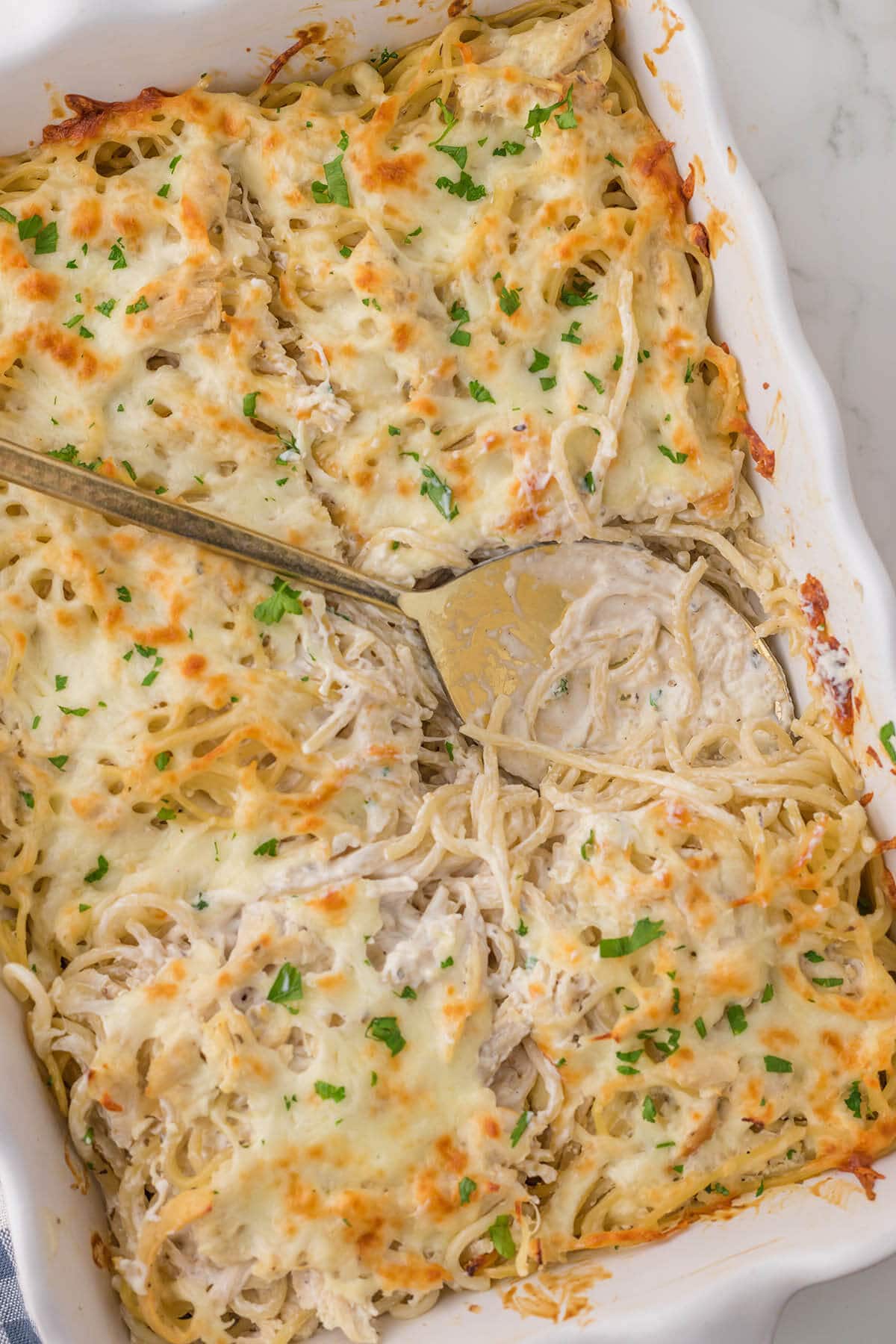
Pasta Casseroles
- Chicken Spaghetti with Rotel
- Philly Cheesesteak Pasta Casserole
- Chicken Pesto Pasta Bake
- Pizza Spaghetti Casserole
- Classic Tuna Noodle Casserole
- The Ultimate Chicken Noodle Casserole
- Classic Tuna Casserole
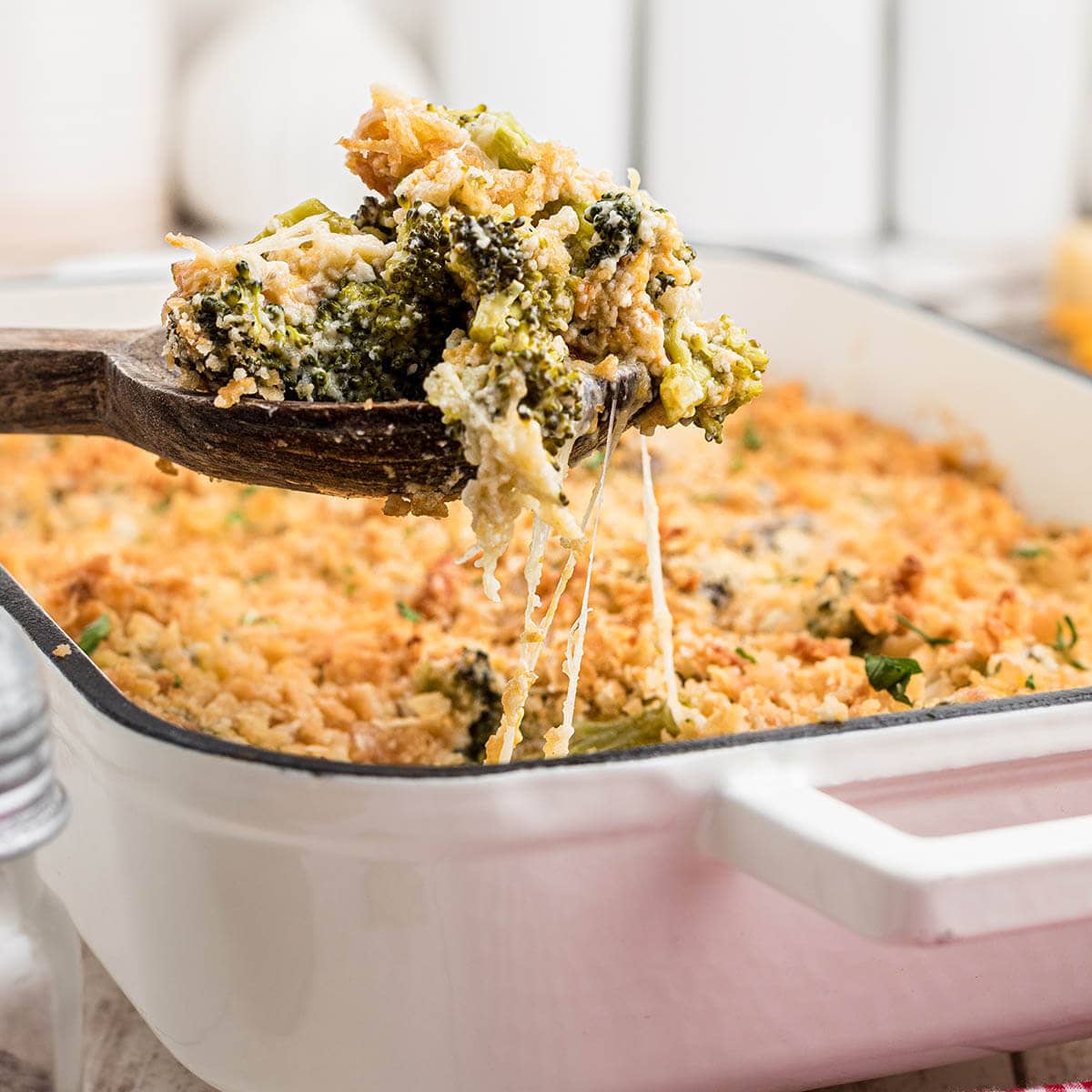
Vegetable Casseroles
- Broccoli Casserole
- Creamy Pasta Primavera Casserole
- Make-Ahead Sweet Potato Casserole
- Old-Fashioned Squash Casserole
- Mexican Corn Casserole
Of course, a reheated casserole is most scrumptious when stored properly in the first place. Thankfully, though, it's a pretty simple process.
Learn the best ways to prepare a casserole for storage so that you get great results whether you're enjoying it the next day—or months from now!




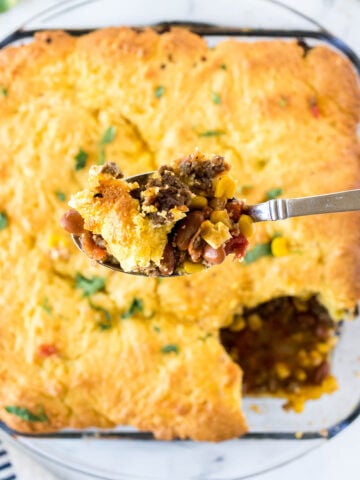
Leave a Reply